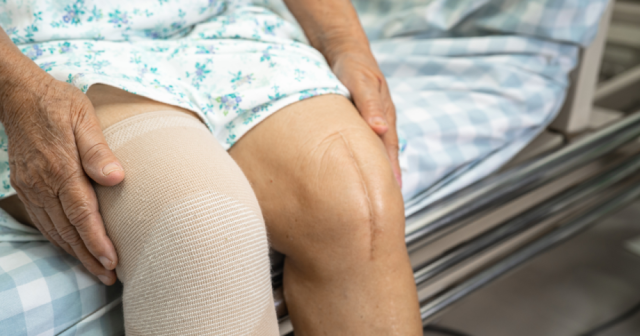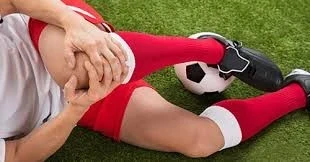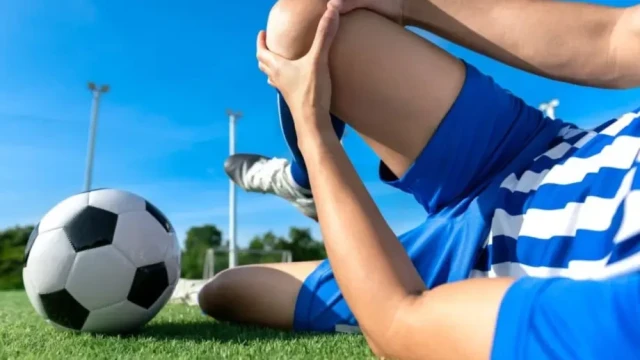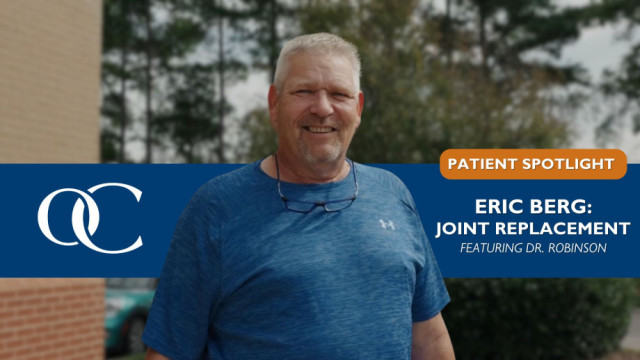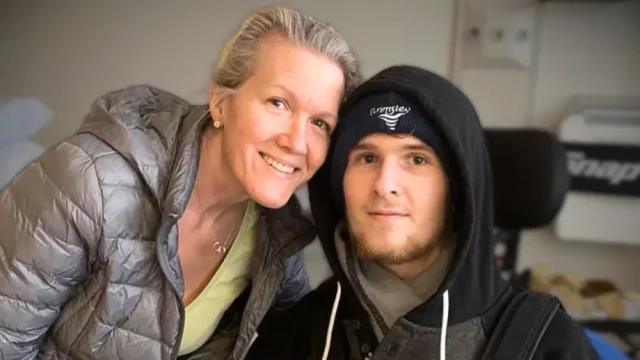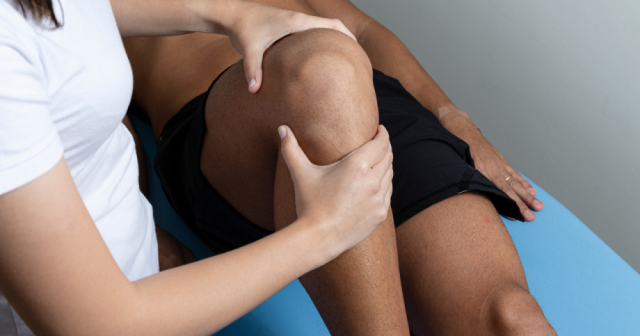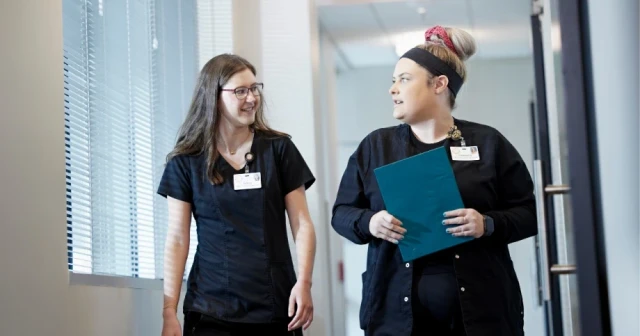Orthopedic Conditions / Musculoskeletal Health
October 15th, 2025
Back Pain in Moms: Common Causes, Safe Lifting Tips, and When to Seek Help
Read MoreOctober 1st, 2025
When the Weather Cools, Joint Pain Creeps In: Why Fall Triggers Inflammation
Read MoreTreatments & Recovery
December 4th, 2025
Nonoperative Spine Care: How Physiatrists Offer Alternatives to Surgery
Read MoreNovember 26th, 2025
Understanding ACL Injuries: Surgery Options, Recovery, and What You Need to Know
Read MorePatient Stories
July 7th, 2025
How a Former D1 Athlete Returned to the Field Again with OrthoCarolina’s Support
Read MoreNovember 18th, 2024
Resilience Rebuilt: How Lauren Watts Overcame Multiple Knee Surgeries to Pursue Her Passions with Dr. Piasceki and Margaret Lynch
Follow Lauren Watts, a former Division 1 soccer player, as she overcomes multiple knee surgeries with the dedicated care of Dr. Piasceki and Margaret Lynch at OrthoCarolina. Discover her journey of resilience, recovery, and finding new purpose beyond injury.
Read MoreNovember 4th, 2024
Eric Berg's Journey: From Knee Injury to Total Joint Replacement at Matthews Surgery Center with Dr. Matthew G. Robinson
Follow Eric Berg's journey from a severe knee injury to a successful total joint replacement with Dr. Matthew G. Robinson at Matthews Surgery Center. Learn how he overcame health challenges to regain mobility and return to his normal life.
Read MoreOctober 21st, 2024
JJ Hodge: A Journey of Strength and Recovery at OrthoCarolina’s Brachial Plexus Clinic
Discover JJ Hodge’s inspiring journey of recovery after a spinal cord injury, with specialized care from OrthoCarolina’s Brachial Plexus Clinic helping him regain strength and independence.
Read MoreThe OrthoCarolina Advantage
September 25th, 2025
OrthoCarolina’s Commitment to Local Athletes: Supporting Sports at Every Level
Read MoreSeptember 23rd, 2025
What Sets OrthoCarolina Apart: Quality, Accessibility, and Research-Driven Care
Read MoreSeptember 17th, 2025











